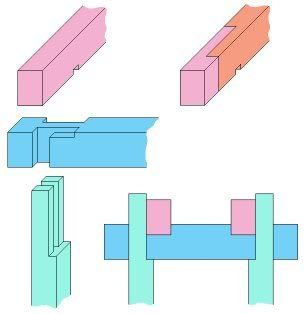There are a few things that a person can't live without. Fresh air, water, food, and shelter. If you've read the news lately, count yourself fortunate to have these. I like water, and not just because I drink it, or because I use it to water plants. I like water because it supports life in all its variety, because it bubbles up in springs, flows in rivers, fills the oceans, and falls from the sky. It is a beautiful, dynamic substance, and has more uses than I can list. According to Chinese philosophy, water is a symbol of yin (as in yin and yang), and it is associated with the Taoist concept of wu wei. When I was young I learned about the less obvious qualities of water - dissolved chemicals and gases, biofilms, etc. - through keeping aquariums. Changes in these often mean the difference between life and death. In my eyes, water is a living substance.
I've wanted a rainwater collection system for my house (about 1080 sq.ft. of roof area) for a long time. Last year I watched on TV the installation of several systems. This summer I met a landscaping contractor who has put in a basic system before, and offered to do the same for us. I shifted into high gear to figure out the best setup for our house. Rainwater comes into contact with a lot of things on its way to storage, and can carry things to the tank along with it, so some sort of filter is almost universally recommended. The question becomes then: which filtering method is the best?
I found a very effective and simple filter that requires cleaning only once or twice a year. It is made by the company Wisy in Germany and attested to by thousands of satisfied customers. Of the other parts to the rainwater collection system, the only electric one is the pump that pressurizes the water so you can spray it out a garden hose. If I leave for several months in the summer, the rainwater collection system will use absolutely no power and the excess stored water will simply exit out the overflow pipe (or into a second tank).
Without any vegetation around the house yet, this is the best time to excavate a hole for a 1500 gallon underground water tank and put in the collection system. I know what parts I will need for the system, I just have to find the best source for them (I have a few ideas). If it isn't too expensive then I will put it in. Next is seeding the lawn (with the free source of water to help it grow). I can then move my focus to other summer projects of varying importance.
Water has so many potential uses, it will be a very satisfying thing to know that I will always have a ready and growing supply of it on hand for any project I can imagine!
